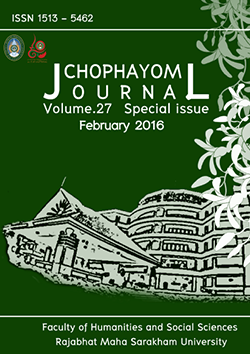Tremolo-Rondalla: Research and Development in Organology, Musicology and Pedagogy
Abstract
Tremolo-Rondalla is a derivative of the Filipino Rondalla that was introduced into the
extracurricular music activity in 1981 at the National University of Singapore. Since then research
and development (done privately) has been in slow but steady progress to address some issues
in organology, musicology and pedagogy. Rondalla is landmark pedagogy in Filipino music
education. It had its roots in Spanish and South American tremolo musical legacies. Over the last
two hundred years rondalla has become a community music form in the Philippines blending
folk song, folk dance and music. The intercultural transfer of this concept to Singapore began in
1981 and over the years some fundamentals transformed to make rondalla relevant to the
multi-cultural constitution of Singapore and the nature of music education there. This paper will
describe some of the salient aspects of change and development in musicology, organology and
pedagogy. In musicology there is the study of intonation systems (just and tempered comparisons
in particular), acoustics and the development of a modular tier system of instrumentation, music
theory re-designed to make it relevant for rapid skill development in rondalla music arrangements
and composition (to suit the extra-curricular music programme at the National University).
Tremolo music is a term more used today rather than plucked strings, marking a fundamental
change in Singapore. Organology was the most challenging study and this was done privately and
directly with industry sources. It Þrst centered around important upgrades of the Filipino
rondalla instruments (string termination, string alignment, wood grains and techniques of cutting
the fret board that led to two distinct models: Model 3 Filipino Rondalla in just intonation, and
Singapore Model Rondalla in Western equal tempered intonation. There was need also to
re-study instrumental design, particularly the weight of the 14-pegged machine head of the
Filipino rondalla with the design of the body parts. Research was done in the tremolo music
diaspora. The role of the mandolin, which was introduced into rondallas in Singapore was also






